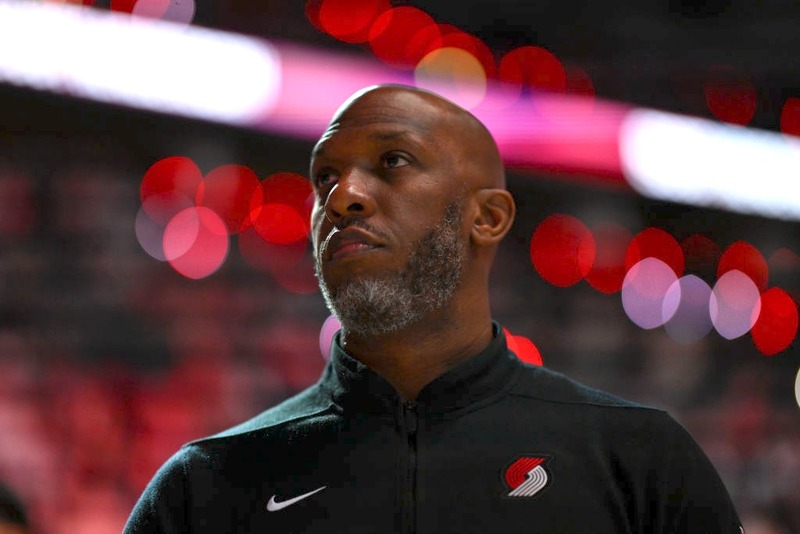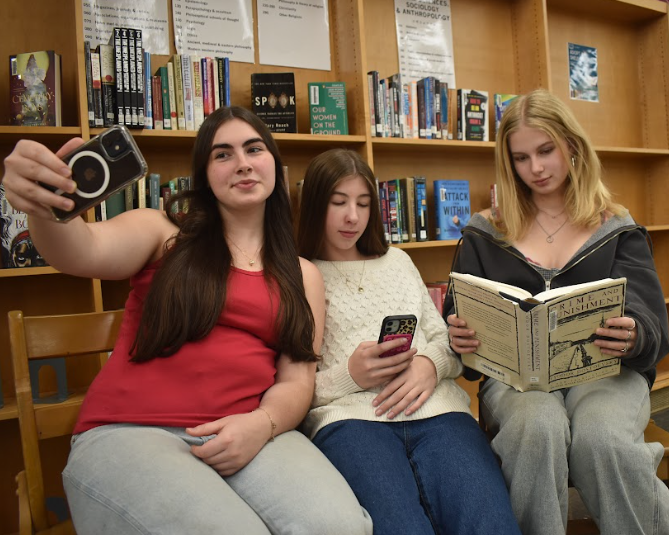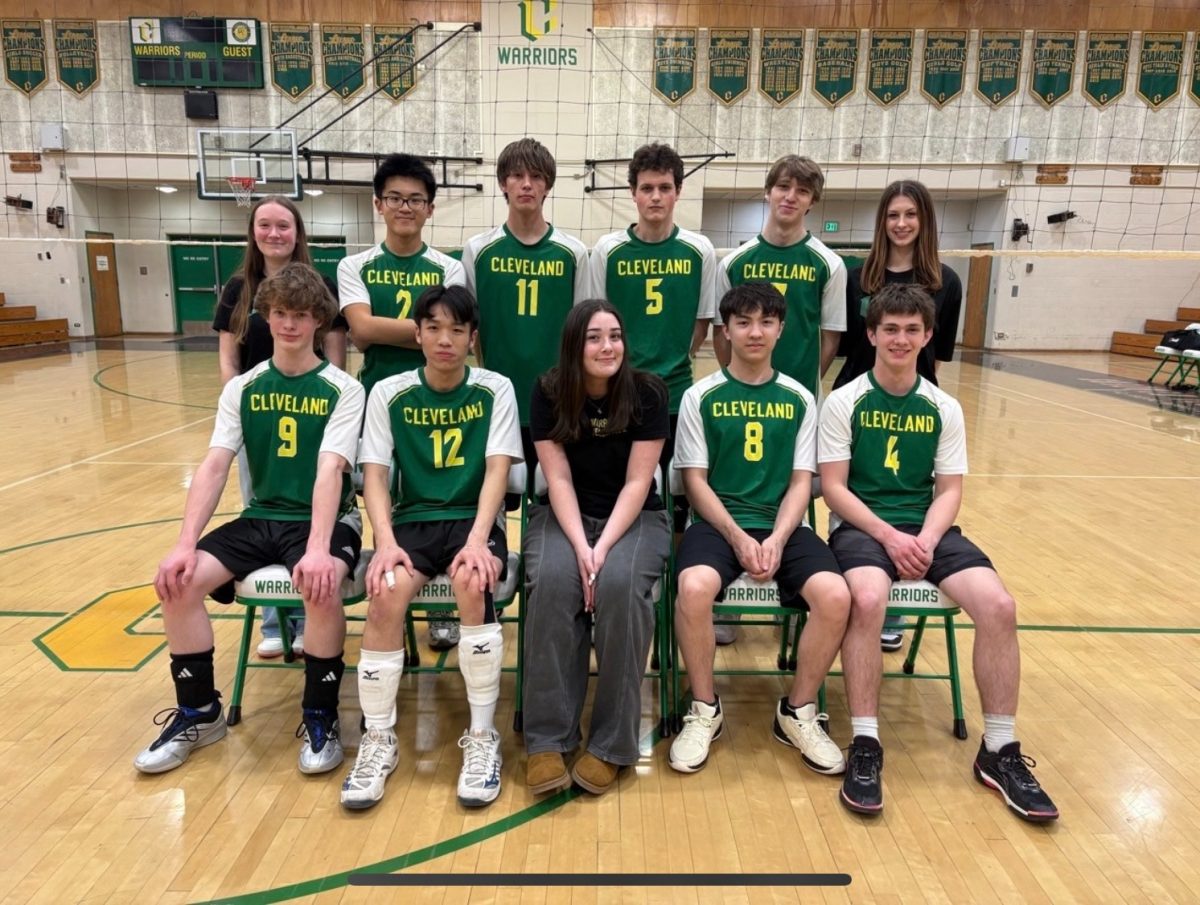What You Don’t Notice Can hurt You
Cleveland High School is still working on the issue of accessibility, let’s all work together to solve these issues!
May 22, 2019
Have you ever been on a bike crossing the street and notice that cars do not acknowledge you or are oblivious that you are there? How does this behavior make you feel? Angry, sad, like you don’t matter? Imagine having that feeling everyday as you try to walk through your own school hallways. Have you ever thought about having physical limitations that make it further difficult to maneuver the hallways? Imagine how it would feel to not be able to walk over people’s legs at lunch, or to have bad balance that would make it difficult to zig-zag through the hallways.
That is how myself and a lot of mobility-challenged students feel. We feel this way because the crowded high school hallways can be a place of anxiety and stress for everyone. Stress is caused by clusters of kids, the loudness, bumping into each other and being blocked by people who are not paying attention to others because they are on their phones.
It’s understandable that a person can often zone out or not pay attention when walking down the hallways during passing and at lunch, but unknowingly we might be affecting some of those around us. At Cleveland I think we can all agree that we want to make it the safest and most comfortable place possible for everyone.
In my personal experience at Cleveland, this school is better than my old one in terms of accessibility, but there is still a lot that can be be done. While we cannot control the universal equipment our school can’t afford, we can control the amount of personal responsibility that each one of us takes to ensure that we are doing our part to keep the hallways safe, clear, and accessible for all students.
The hallways are an ordeal for me to navigate. Much like a game of pinball, I am being bounced around, over and under, and being thrown through loops of kids. As you can imagine, this environment is anxiety inducing, tremendously stressful, and can be unsafe for my friends who have balance issues. If the equipment on my wheelchair is bumped or damaged it can be life threatening for me. It is also unsafe if I bump any students with my chair because they were not paying attention, or chose not to move out of the way as it weighs 400 pounds. You don’t want to be a pancake!
At lunch, most people sit all over the hallway. There is often a large group sitting on both sides with their legs out, in front of the elevator, and even a group forming a circle around the ramp to the outside on the ground floor. Often, I don’t feel heard when I ask them to move because they only move slightly and for a brief moment. It’s as if they are not conscious of my wheelchair. When I see this apathetic behavior, it makes me feel disappointed in the student body, angry and marginalized.
I am not the only one who has this view. I sought out and interviewed different people. I first went to Eli Karn, my good friend and a well known guy around campus. Eli has balance issues that make it difficult for him to walk in a straight line. He also uses a cane to help with walking and to help make people more aware of him.
“The halls here at Cleveland make me feel like I’ve been teleported to Spain during the running of the bulls. Once the passing time bell goes off, have fun walking the halls! Let’s just say it is not a walk in the park. When the halls settle, it bugs me seeing people eating lunch in groups all spread out in a bad way for people in walkers or wheelchairs to navigate. When I was walking back from lunch, I was walking in the door across the hall from the woodshop and I saw people sitting on both sides of the hall with their legs spread out. I told them to please move. On a separate occasion, I was walking with a teacher upstairs in front of the Portland Postcard mural and there was like 20 students lined up in a row. I was nervous that I was going to go over the handrail! On another occasion, I was going to the elevator before lunch ended and I saw seven people blocking the elevator with their feet spread out. I told them to move. I don’t want to ask every time. They should realize that people need to use it. I suppose if you are a gymnast, you can do the splits, but have fun keeping that pose throughout lunch!”
I also talked to a teacher by the name of Brenda R in the Intensive Skill Classroom (ISC). Her class has many people who are in wheelchairs, have walking issues, loud outbursts, and many of them are non-verbal. They have to have aides with them too. These kids are very nice, and I spend a lot of time there each day as a TA, and I really enjoy it. Brenda in the ISC had this to say on the issue: “I think accessibility at this school is terrible. It’s definitely unsafe for people in wheelchairs and with walking disabilities. The hallways are pretty even, some people see us coming and move or hold the door, but more sit by and watch. I don’t think they are intentionally being rude, I just think most people are unaware.”
McKenna Miller, the speech-language pathologist said this: “This is not solely about making sure our hallways are clear, this is about making a safe and equitable space for ALL students, staff and visitors. We are all responsible at CHS for changing the culture inside and outside of our school in the ways we treat, respect and acknowledge each other. I want students to learn to be thoughtful, serving and kind to all the people we share our spaces with.”
It is tremendously important that everyone is aware, present, and in the moment. Be proactive, advocate and speak up. Let it be known that accessibility is an issue that we all need to solve! We are a community. If you see people blocking the halls, speak up even if you’re not the one who needs more space. Don’t stand idly by and watch as others go through hardship to make it through the day. We are all part of the conversation. It shouldn’t just be the mobility-challenged students of the school. Together as one student body we can make change. Let’s all make sure people feel seen, heard, and are not marginalized. Together we can make Cleveland a more accessible and equitable place for all.













